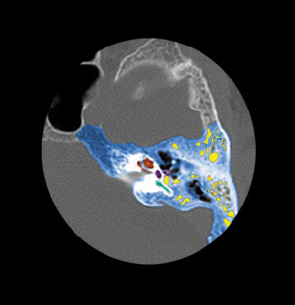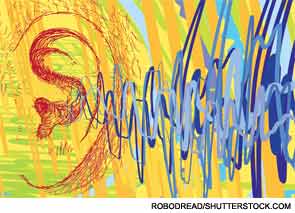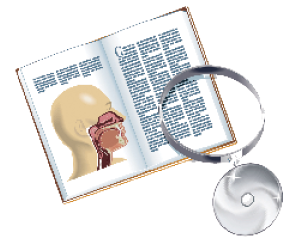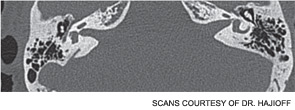Researchers at Triological Society conference discuss diagnostic usage of computed tomography, magnetic resonance imaging for otologic disease


Researchers at Triological Society conference discuss diagnostic usage of computed tomography, magnetic resonance imaging for otologic disease
How cost effective is the use of magnetic resonance imaging (MRI) for evaluating patients with idiopathic olfactory loss?

More reliable tests and advances in MRI of the endolymphatic space provide insight into this inner ear disorder

Computed tomography (CT) may be a better initial choice, but a dual approach is useful for a patient who may be a candidate for cochlear implant

There is no one right answer to the question of which imaging test is best for patients with hearing loss who are candidates for cochlear implantation. Age, underlying pathology and the ability to tolerate radiation and sedation are just a few of the variables that can determine whether magnetic resonance imaging (MRI), computed tomography (CT) or both are chosen in this clinical setting.
Does the technique of fusing MRI images with high-resolution CT images improve the efficiency of detecting recurrent cholesteatoma in children, in particular for small cholesteatomas? Background: Radiographic documentation of small recurrent […]
What is the evidence for different etiologies of sudden sensorineural hearing loss (SSNHL)? Background: The incidence of SSNHL has been estimated from five to 20 per 100,000 persons per year, but […]


Does multilevel upper airway surgery preclude continuous positive airway pressure (CPAP) usage, and is there a best way to repair cerebrospinal fluid (CSF) leaks?
More is being learned about sleep and how it relates to otolaryngology. At the recent Combined Otolaryngology Spring Meeting, attendees heard details about how the different stages of sleep affect obstructive sleep apnea (OSA), as well as intriguing findings showing how airway anatomy changes can actually be seen during sleep with use of real-time CT imaging.